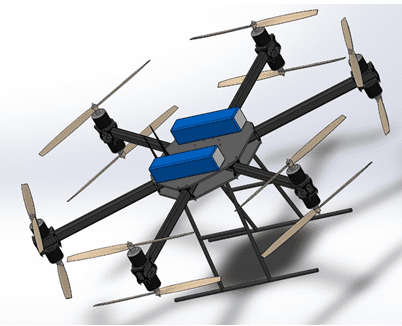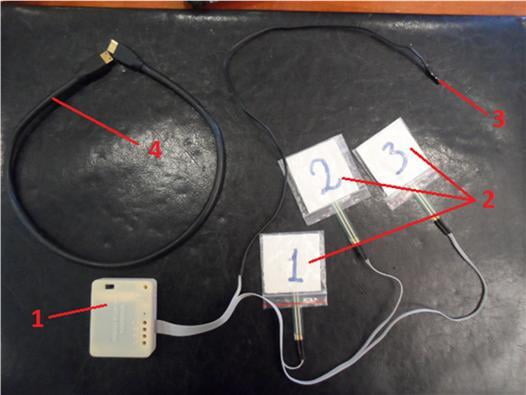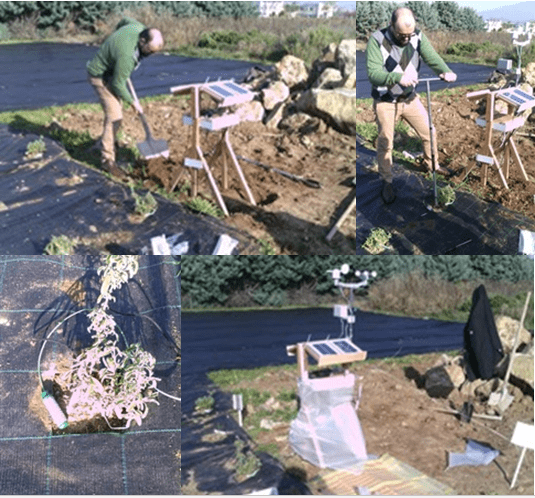
SAITU (Smart Flying Unit)
SAITU is a next generation drone, able to lift up to 15 kg of payload. Due to its optimized design, it has an extended flight time of up to 30 minutes, which is a substantial advantage when compared to conventional models currently available in the market, and a high precision localization of 1cm using GPS-RTK2.
In addition, SAITU is the first commercially available drone to have a separate onboard computer with a GPU, running the latest version of ROS (Melodic).
This configuration is ideal for running complex Artificial Intelligence algorithms, which makes SAITU the ideal drone for complex tasks such as event detection, object detection/counting and collision avoidance.
The flight controller of SAITU is based on the open-source ArduPilot and is wrapped around ROS standard software, being fully integrated with the DDS standard, immediately addressing the needs of thousands of applications that require real-time data exchange, in sectors like precision farming, aerospace and defense, autonomous vehicles, smart grid management, transportation systems, among many others.
SAITU also provides out-of-the-box full integration of ROS with multispectral cameras, and high-resolution cameras.
A more advanced configuration of SAITU can be provided upon request

INTEGRATED MONITORING SYSTEMS FOR PATIENT WITH ORTHOPEDIC (SPINA COLUMN) DISORDER
The monitoring system consists of two devices: (a) the embedded system which is conveniently positioned on the patient's splint and capable of taking measurements from 3 pressure sensors and a temperature sensor and recording them; b) from the controller which is wired to the embedded system and used to configure various parameters. The built-in device works autonomously (after adjusting) and has its own battery while the controller is powered by the built-in when connected to it.3: Temperature sensor

